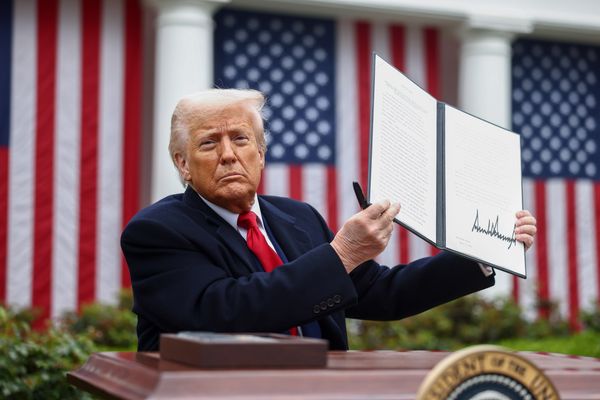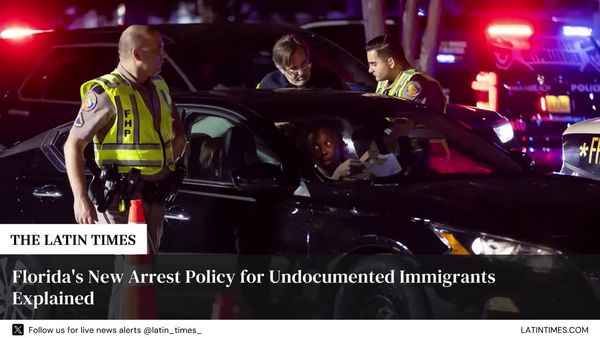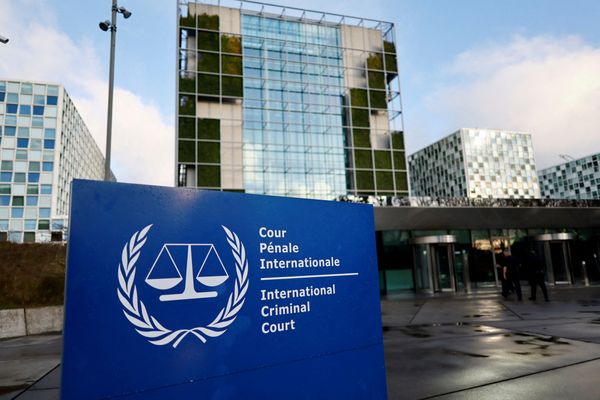
The 2023 Voice referendum will mark the third attempt to alter constitutional provisions for First Nations peoples. The first attempt, in 1944, was part of a proposed sweeping extension of Commonwealth powers and failed.
The second, in 1967, proposed two changes:
- to repeal Section 127, which excluded “aboriginal natives” from the “reckoning the numbers of the people of the Commonwealth”;
- to change Section 51 (xxvi), the power to make “special laws” for “the people of any race, other than the aboriginal race”, by removing the exclusion of “aboriginal race”.
These two provisions had been included in the constitution, drafted in the 1890s, because it was assumed that Aboriginal people would “die out” and hence would be of no interest to the national Parliament. A race power was required only to control the non-European “races” who had gained residence prior to Federation.
The exclusion of First Nations peoples in “reckoning” the population gained little attention in the first half of the 20th century, unlike their exclusion under the race power. The need for a national policy for Aboriginal people was considered by the 1927-29 Royal Commission on the Constitution of the Commonwealth and was advocated in succeeding decades by missionary and church leaders, women’s groups and Aboriginal organisations. It was a demand of the William Cooper-led Australian Aborigines’ League and the Aboriginal Progressive Association, discussed at the Day of Mourning conference in 1938 and supported by an Aboriginal delegation that met with then-prime minister Joseph Lyons in the same year. The demand for constitutional change became a major focus of the Federation for the Advancement of Aboriginal and Torres Strait Islanders, formed in 1958. It was a long time coming.
Sir Robert Menzies’ Coalition came to accept that Section 127 was indefensible, a “modern absurdity”, but there was at best lukewarm support for amending the race power: the government saw no need for a national policy or “special laws” when the objective was assimilation.
After the retirement of Menzies, his successor Harold Holt agreed on pragmatic grounds to include both sections in a referendum. There was an “impression” that the excision from the race power was discriminatory and that change “would be welcomed by a very large section of the Australian people”.
He was right. The referendum, held on May 27 1967, was the most successful in Australia’s history, passed with 90.77% in support. In Victoria, 95% voted in favour, with the lowest proportions in Western Australia (81%), South Australia (86%) and Queensland (89%).
Despite the resounding vote, the government recognised no need for change. To give the appearance of doing something, a three-man Council for Aboriginal Affairs was established. A new reforming zeal, empowered by the referendum result, was to await the election of the Whitlam Labor government in December 1972.
Much has now changed, but consideration of 1967 is cautionary.
First, as is well known but little acknowledged, without bipartisan support it is next to impossible for a referendum to obtain the required double majority, of the national vote and of the states. The degree of difficulty is heightened in our age of social media misinformation. To date there have been 44 proposed changes to the constitution and only eight have succeeded, none since 1977. Of changes approved, most have been uncontroversial, such as the retirement age for judges of federal courts, the filling of Senate casual vacancies, and the assumption of state debts by the Commonwealth.
In 1967 the referendum bill was supported by a unanimous vote in both houses of Parliament. As no case for rejection had been made, voters were only provided with the Yes case by the Electoral Office — and it was less than two pages in length.
Two pages are the key: constitutional issues cannot be explained to the electorate in any detail. This is evidenced by the almost total misunderstanding of the 1967 referendum.
Contrary to myth, only recently laid to rest, the referendum did not confer the vote — or citizenship, or displace rule under a supposed “Flora and Fauna Act”. In several states, First Nations peoples were never denied the vote in law (as distinct from practice), and all states had repealed discrimination in voting rights before 1967.
Nor did the referendum transfer power to the Commonwealth, it only enabled power to be shared with the states. After 1967 there was ongoing jurisdictional conflict, notably over the authoritarian control exercised by the Queensland government of Joh Bjelke-Petersen. Today key initiatives for First Nations peoples continue to be legislated at the state level, as in South Australia and Victoria.
Nyunggai Warren Mundine recently wrote in The Australian that “In 1967, the Australian people voted resoundingly for all Australians to be treated equally under the constitution. The 1967 referendum brought an end to the state and territory racial segregation regimes”. This view is widely believed, but in legal terms the reverse is true: the change to Section 51 gave the Commonwealth power to discriminate by enabling “special laws”. Prior to 1967, the Australian Parliament could — and did — pass laws impacting First Nations peoples, for example, social welfare provisions within laws that applied to all Australians.
Possibly the key learning from the 1967 referendum is that to have a chance of success the campaign must be based on an emotional appeal that captures an essence, the failure to Close the Gap, not the letter of constitutional provision. The themes of the 1967 campaign were to do right by Aboriginal peoples, to act with justice, “Vote YES for Aboriginal Rights”, “Vote YES for Aboriginal Citizenship Rights”, and “Remove Discrimination”.
The message of the 2023 campaign is laid out in the Uluru Statement from the Heart: in 1967 we were counted, today we seek to be heard.







